Ever noticed a tiny drip from an old tap? It might seem like nothing, but it can be surprisingly costly. Even minor leaks from faulty fixtures or a leaking toilet can result in gallons of water wasted over time.
Have you wondered how much water a leaky tap really wastes? The average home loses over 10,000 gallons a year from leaks, costing more than $100. Yet fixing these common issues is usually straightforward and can conserve water significantly.
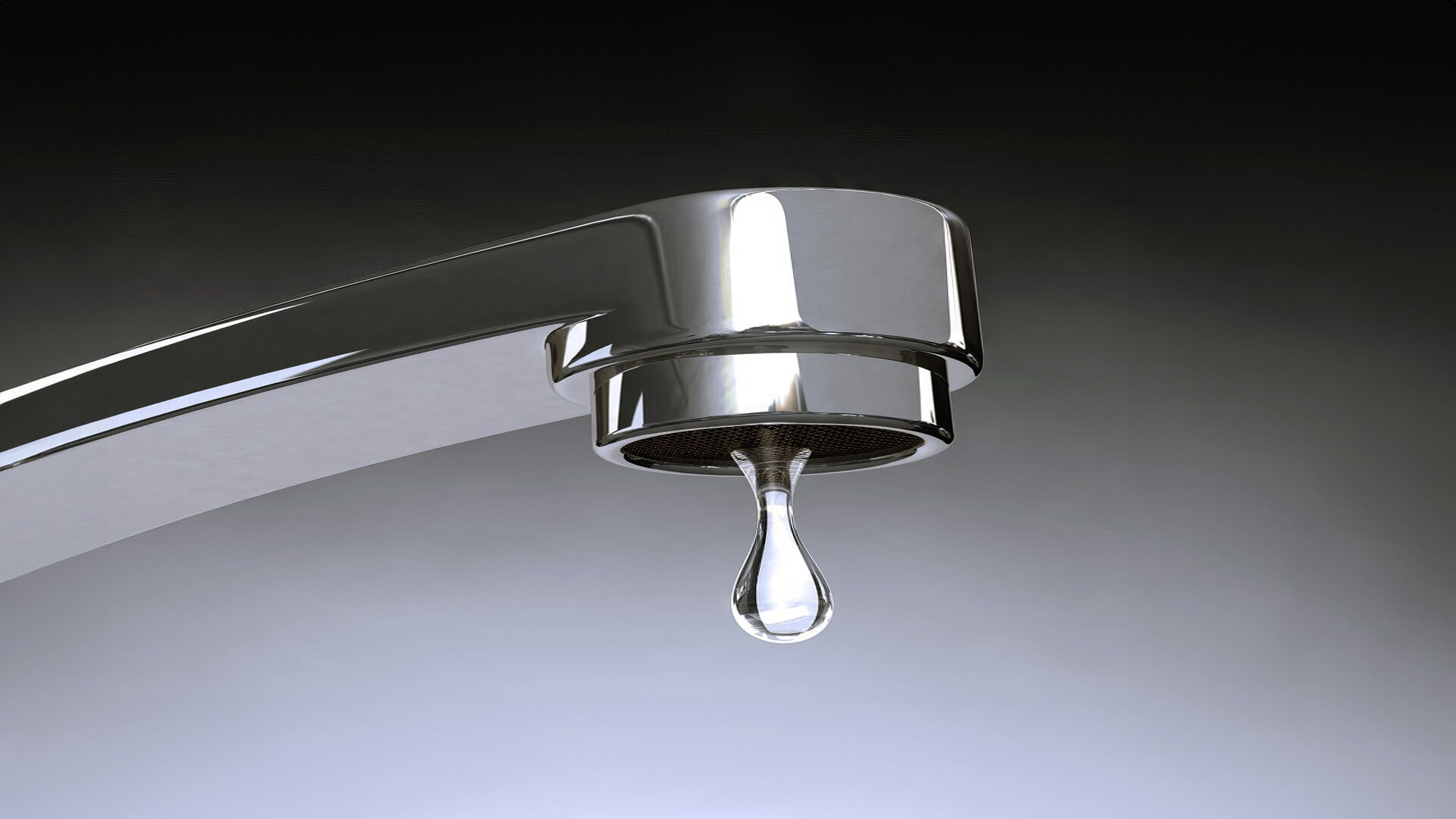
This post will show you how much waste occurs and provide tips to detect and repair leaks around your home. Learning where water is vanishing can help lower your water bill and reduce unnecessary consumption.
Understanding the Problem
Water is one of our most precious resources down under, yet many Australians need to consider the small ways it is wasted every day. Left unchecked, a single worn washer or cracked fitting can cause litres to flow elsewhere unseen.
Many people don’t realise the real cost of such leaks over time. Yet, the statistics are startling—the average home can waste over 40,000 litres a year from unattended leaks.
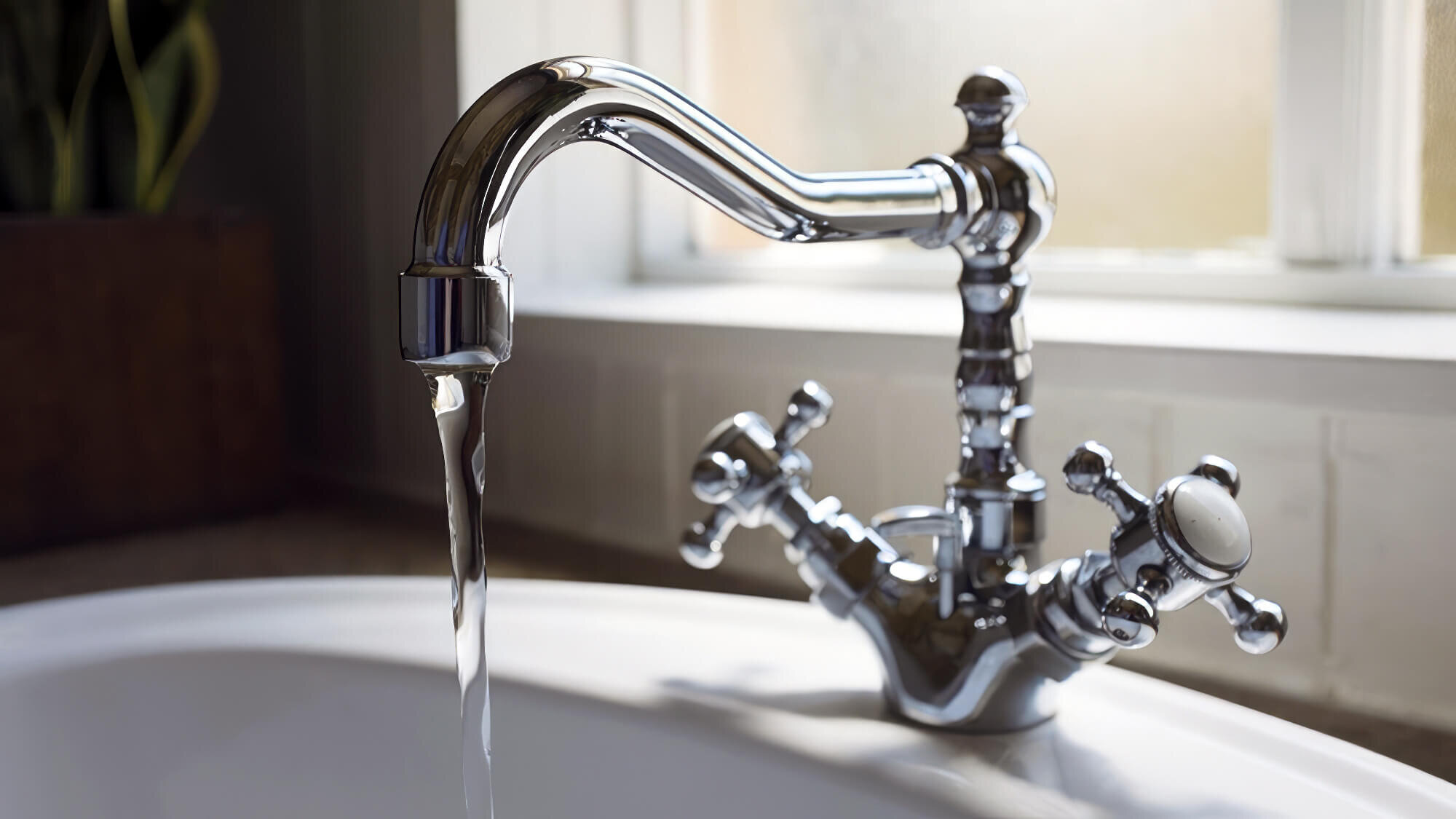
That figure includes water wasted by a leaking toilet, which accounts for a significant part of the total expenses. With over 9 million homes across Australia, leaks drain vast amounts of water nationally.
It all aligns with the scientific definition of waste, as billions of litres are forfeited each year nationally. By boosting awareness of this hidden problem, many homeowners can take simple steps to conserve more water and significantly cut their utility bills. Knowing where water escapes from can assist Australia in better managing its limited supplies.
How Much is Being Wasted?
For many people, the proper amount of water wasted is eye-opening. But even more shocking is how fast those small drips can add up.
On average, a leaking faucet that wastes just one gallon of water per day will drain away 365 gallons in a single year—enough for over four loads of laundry!
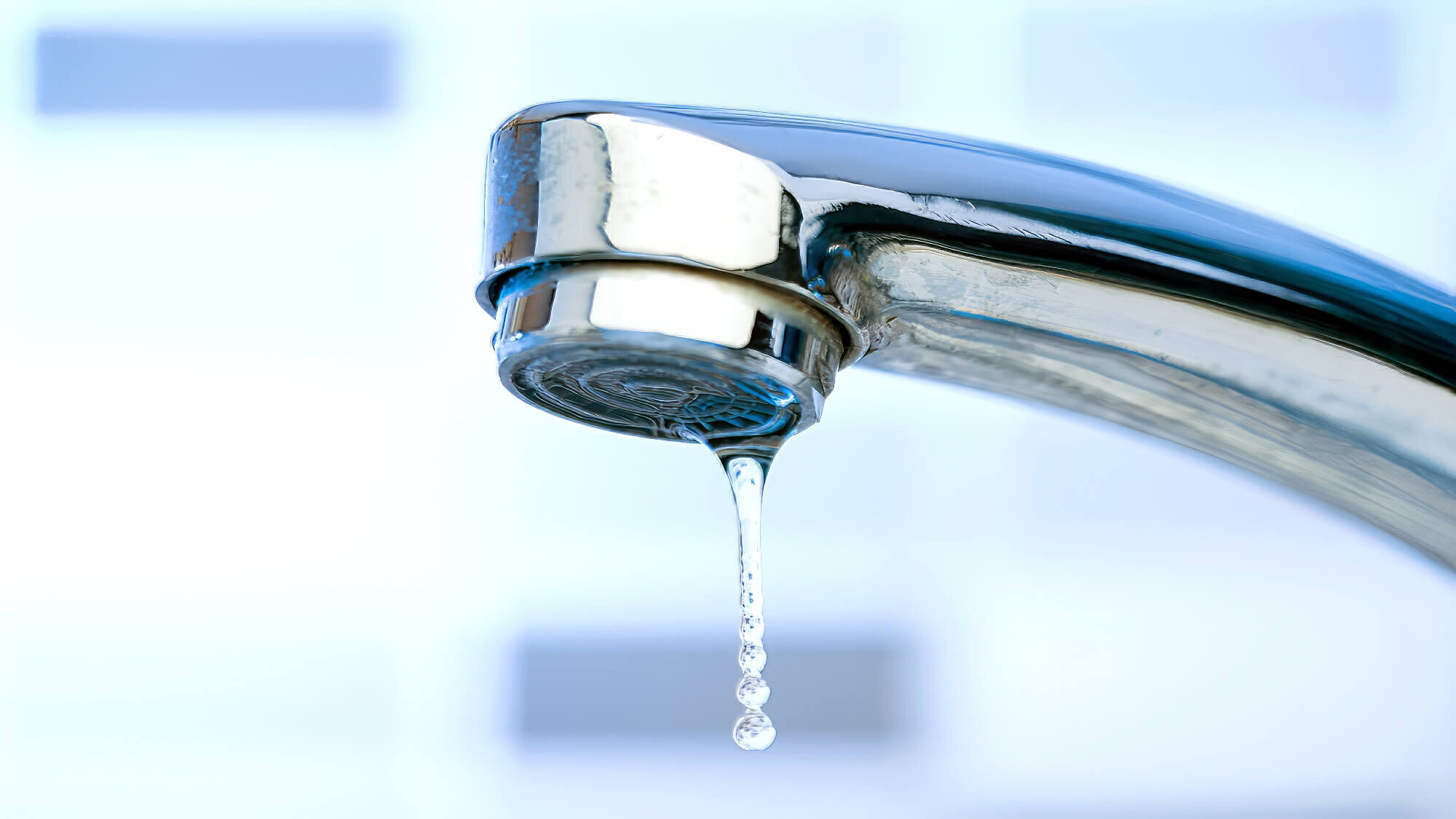
More severe leaks might waste 10 gallons or more daily. The average Australian household uses around 260,000 litres of water each year.
A minor 1-gallon daily drip means over 40,000 litres wasted each year. Larger leaks could far exceed typical household use. Using a drip calculator can help gauge the severity and financial impact. This shows why fixing a dripping tap is crucial—it saves money and helps conserve precious resources.
Putting it Into Perspective
It’s hard to conceive the scale when you hear your total annual water usage is around 260,000 litres. But perspective helps grasp leaks’ genuine impact.
Consider this: 40,000 litres is enough water for over 16 loads of laundry. Or imagine filling a small pool with that much water! The average leak of 1 gallon daily would supply nine average families’ drinking water needs for an entire year.
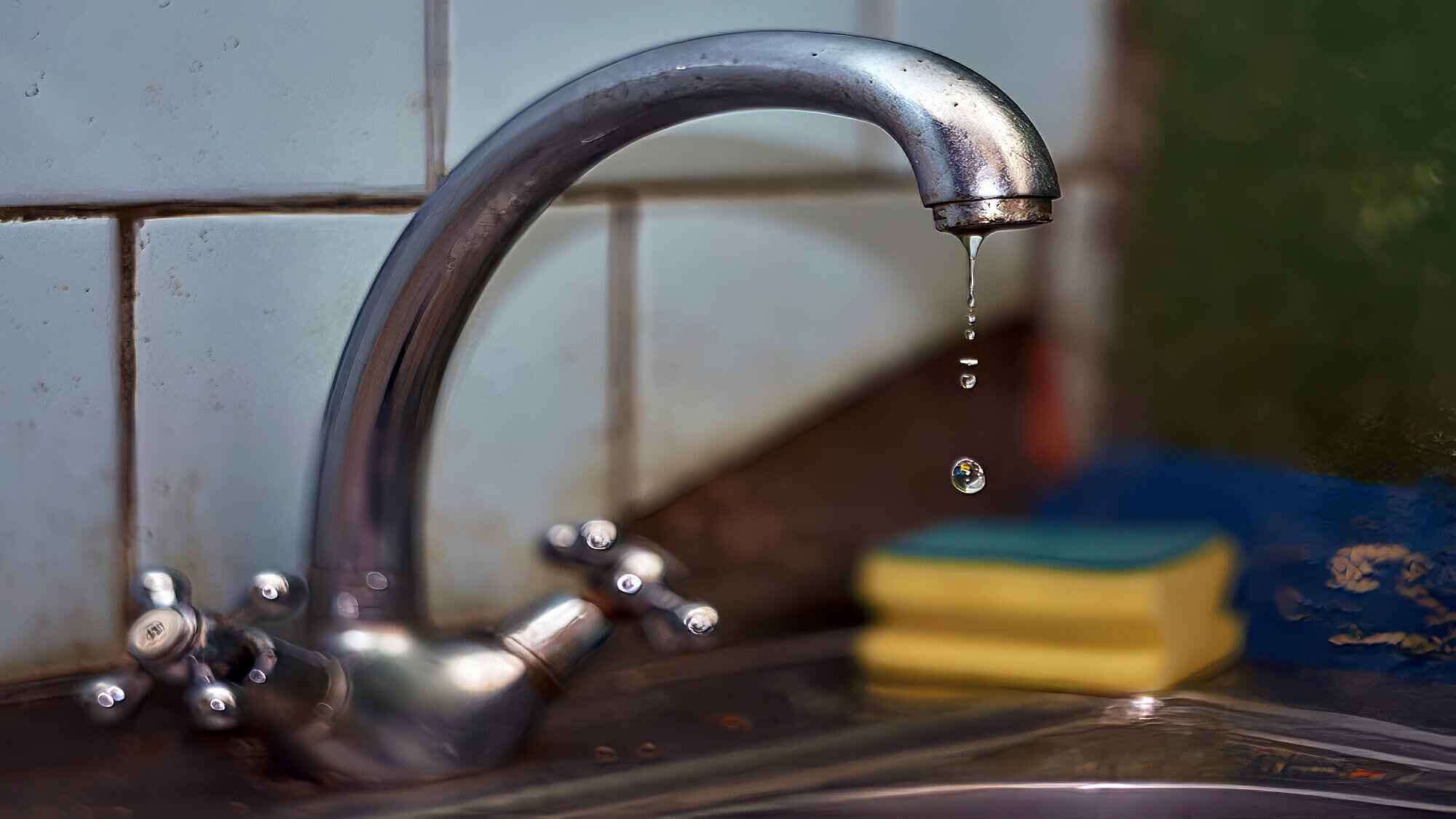
Imagine all those wasted litres from minor leaks across Australia. It adds up to trillions of litres each year—equivalent to Sunshine Coast’s entire annual water supply!
That’s a massive amount of lost water and money that could be better spent elsewhere with some minor checks. Since a running tap is so easy to fix, don’t you owe it to yourself and future generations to track down any small drips around your home?
Identifying Leaks
The first step is to carefully inspect every faucet, pipe, toilet, and outdoor spigot in your home. Start by ensuring the taps are completely turned off. Then check your water meter — if the dials are moving and no water is being used, you likely leak.
Listen carefully around your home, too. Dripping or trickling sounds pinpoint leak locations. Other signs include wet areas or green streaks of mineral deposits around pipe joints.
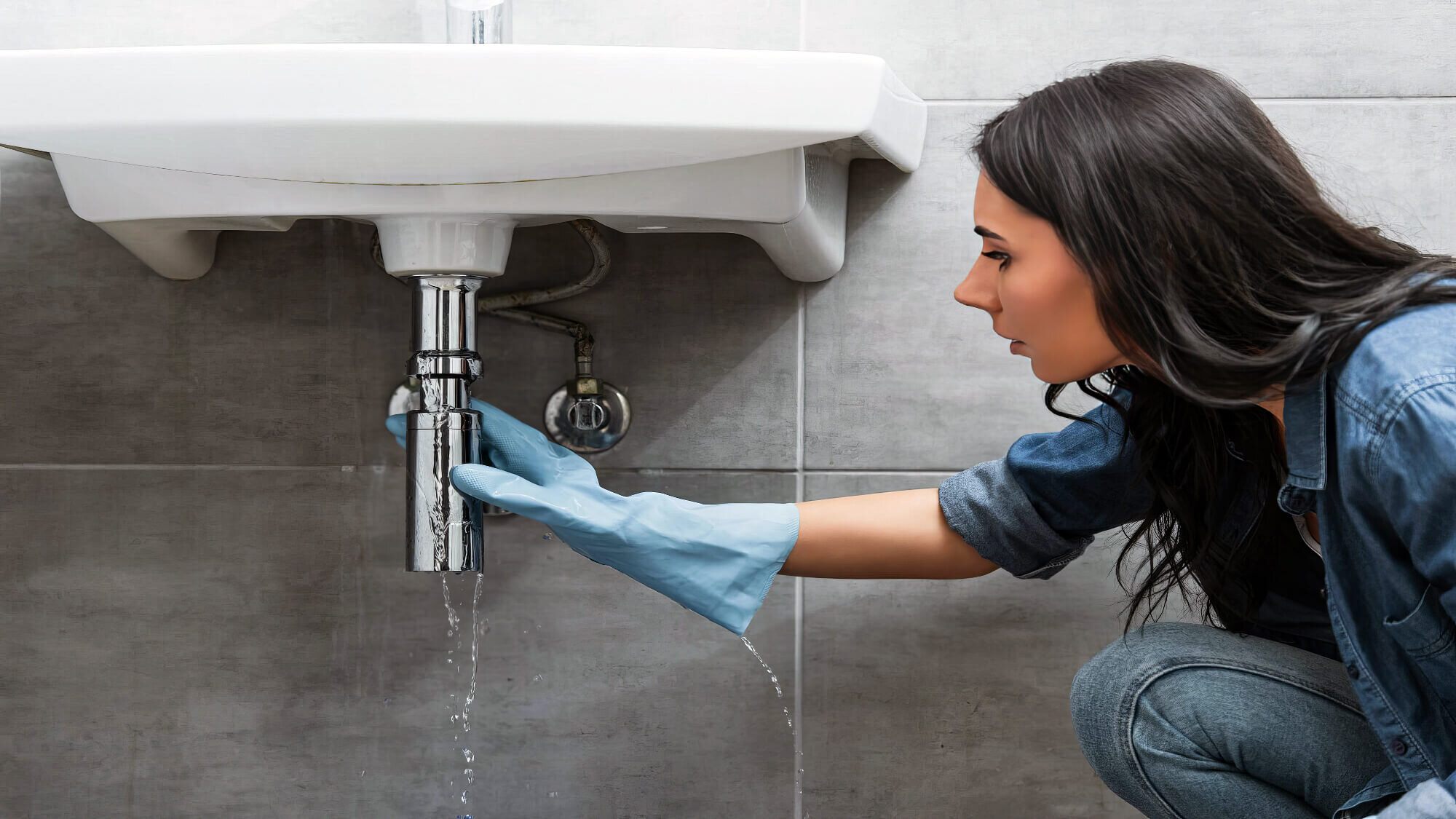
To pinpoint smaller unseen leaks, read your water meter before and after two hours when no water is being used. If the metre register has changed, water is escaping somewhere.
Indoor leaks are easier to spot in the bathroom. Add food dye to toilet bowls and tanks, or look for signs of water underneath after the tank stops filling.
Remember, for outdoor hoses and irrigation; leaks can occur in valves and connections that are fully exposed to weathering.
Proactively detecting stealth leaks is key to stopping wasted water and bills.
Easy Fixes to Stop the Water Waste
Now that you know where and how much water leaks waste, it’s time to make simple repairs. Fixing common issues with leaky taps doesn’t require a plumber—just a few basic tools. A small investment of time and money will more than pay for itself in water savings and lower bills each month.
Easy Fix 1: Faucet Washers
Replace worn washers under a dripping tap in minutes using an adjustable wrench.
Easy Fix 2: Toilet Flappers
A $10 flapper replacement cures constantly running or leaking toilets, effectively addressing those troublesome dripping toilet bowl issues. No plumber needed to remove the old one.
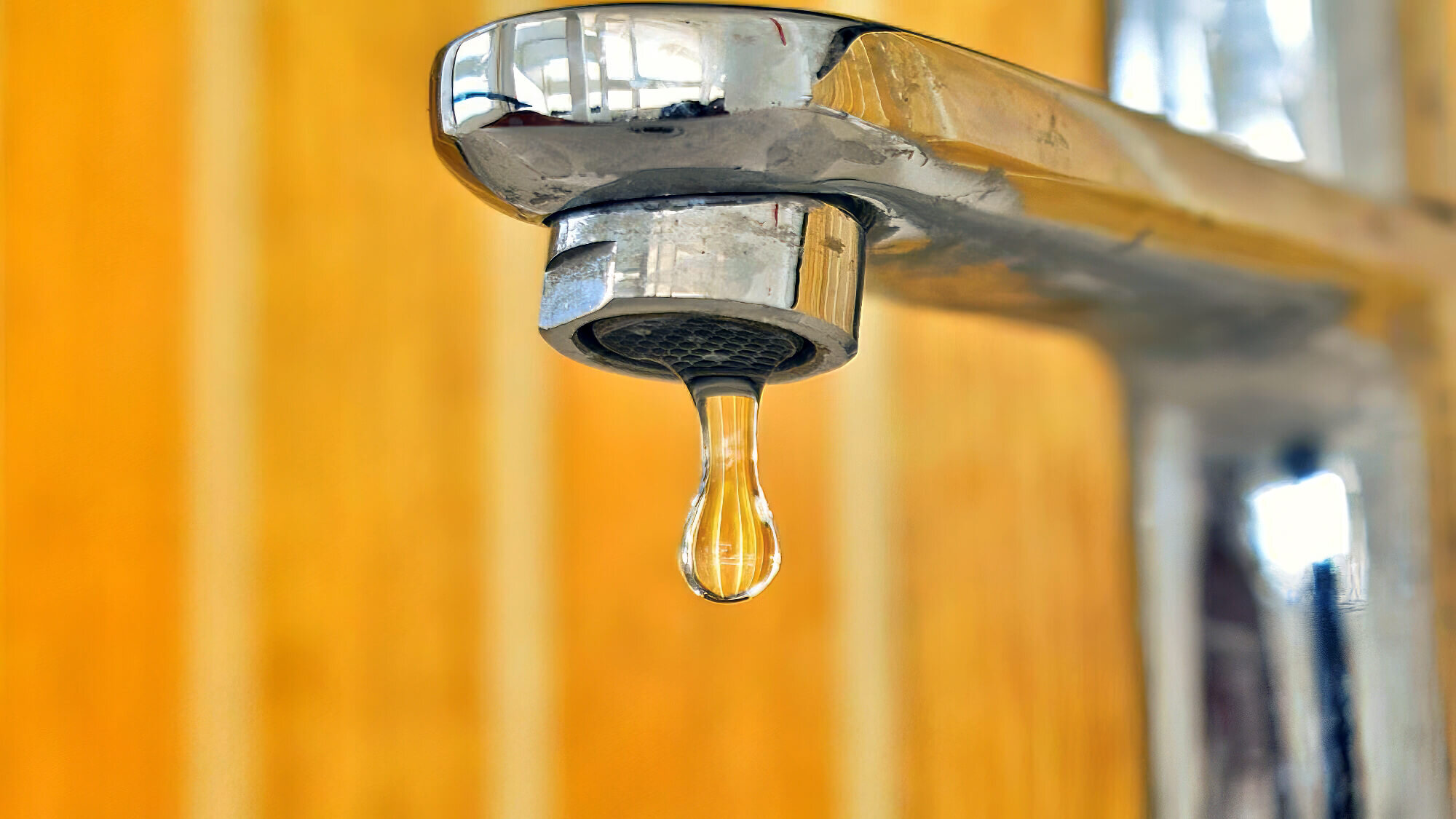
Easy Fix 3: Showerheads
Mineral build-up reduces water pressure, is detectable even with a measuring cup over time, and wastes more flow. Clean yours with vinegar or replace old corroded showerheads.
Easy Fix 4: Hose Connections
Tighten or replace leaky hose spigot valves and washer seals where garden hoses attach outdoors. A few thin washers can make all the difference.
Save Water, One Fixed Leak at a Time
As we’ve seen, a single leaky faucet, measured per minute, may seem insignificant, but collectively, leaks waste millions of litres of precious water and money annually in Australia alone. By catching and fixing easily remedied problems yourself, you play an active role in reducing this drain.
Avoid letting minor issues turn into major, costly repairs later. If you need plumbing advice or help checking for leaks, contact the team at Big Blue Plumbing. Consultingwith a professional can boost your home’s water efficiency.
We’re always here to ensure your home’s plumbing is sealed tightly, including fixing a leaking toilet, to avoid wasteful leaks. A quick call could help you diagnose any outstanding water wasters and save substantially in the long run.



